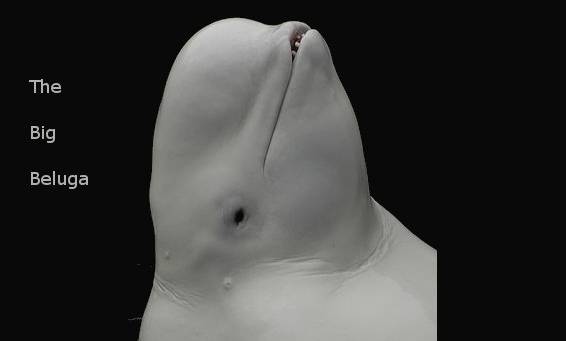How to Spot a Liar by Gregory Hartley and Maryann Karinch
The main author is Hartley and he is relating his experiences in military interrogation to day-to-day challenges.
Sympathetic and Parasympathetic Nervous system:
Sympathetic creates the flight or fight response with all of its attendent outward signs, turning pale, sweating, dilating pupils, etc.
The parasympathetic system corresponds to higher cognitive functions that indicate the body is trying to restore equilibrium, during this phase there may be a flushed appearance, etc.
Four types of lying: omit, commit, embellish the truth and transfer. Styles of lying depend on many personality factors such as the person's rapport skills. Also whether they are a "big picture" or detail person. It is useful to use a classification scheme such as Myers-Briggs to help set parameters on a persons reactions (a form of "baselining").
Baselining is important to understand the person's responses to various questions. It is useful to ask straightforward questions that activate different parts of the brain: calculation, music, memory, imagination.
It is essential to have a strategy as to how to approach the person. There are several interrogation strategies: Direct, Incentive, Emotional, Fear-up, Fear-down, Pride and ego (up or down), Futility, We know all, Reptetition, Establish Identity, Rapid Fire, Silence.
There are many questioning styles but it is important to have a strategy and to take notes that allow you to follow-up on leads and uncover information until the leads are dealt with.
Eye movements: memory left, construct right.
Tuesday, January 4, 2011
Subscribe to:
Post Comments (Atom)


No comments:
Post a Comment